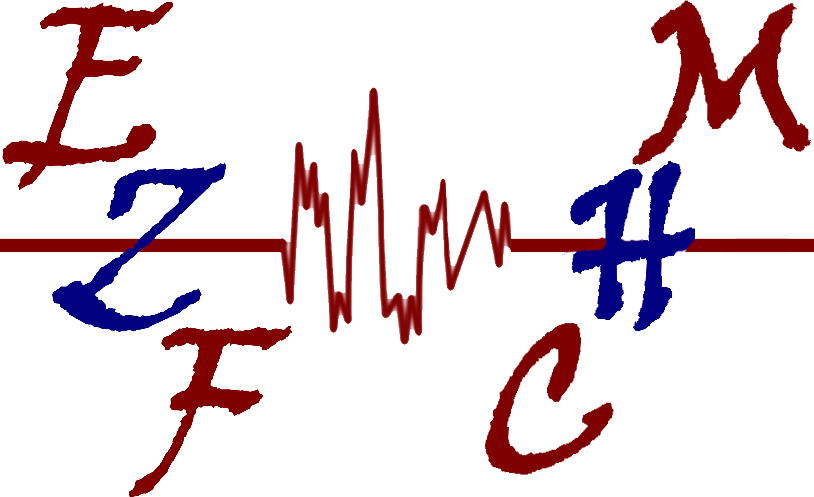Active Fault Hazard
There are three, well defined, different processes associated with the activity of a seismogenic fault:
- Ground shaking;
- Surface deformation;
- Surface rupture.
These three processes are the primary cause of damage to buildings and infrastructures. A survey of 50 major earthquakes occurred between 1989 and 2003 around the world (Bird and Bommer, 2004) shows that the primary cause for building collapse is ground shaking in 98% of the cases, followed by liquefaction (32%), slope failure (28%), tsunami (10%), and fault rupture (10%).
Ground Shaking
- occurs always but is transient;
- affects the widest area;
- is responsible for most of the damage;
- may trigger other geological effects (liquefactions, landslides, secondary ruptures);
- Requires mapping at 1:200k-1M.


Surface Deformation
- occurs always and is permanent;
- affects a wide area (fault size x2);
- produce limited damage (critical facilities);
- may trigger other geological effects (stream avulsions, slope instabilities, secondary ruptures, tsunamis);
- requires mapping at 1:200k-1M.
Surface Rupture
- occurs when faults “daylight” and is permanent;
- affects a limited area (smaller than fault length);
- may produce significant damage;
- may trigger other geological effects (water ponding, damming);
- requires mapping at 1:1k-10k.

References
Bird J.F. and Bommer J.J. (2004), Earthquake losses due to ground failure, Engineering Geology, 75(2), 147-179, doi:10.1016/j.enggeo.2004.05.006.
